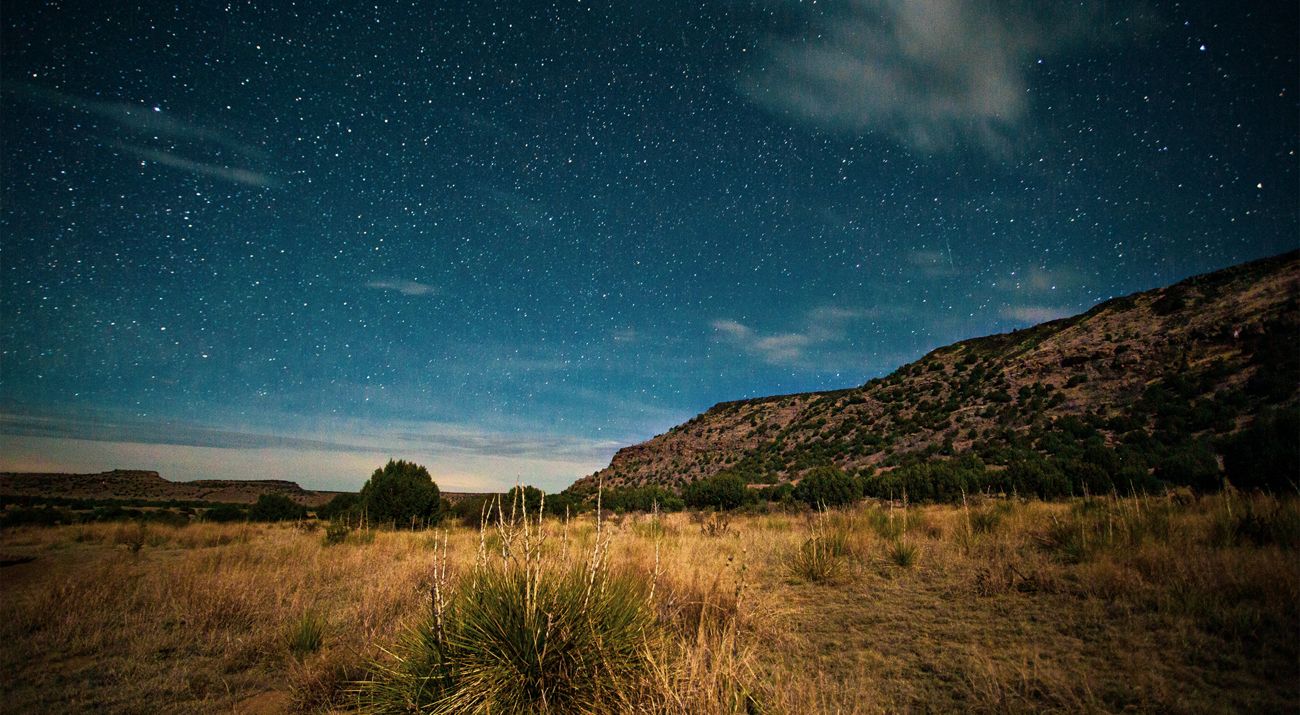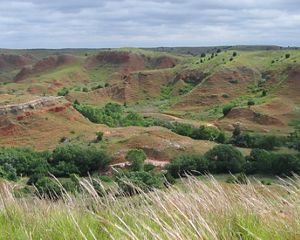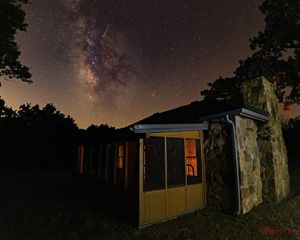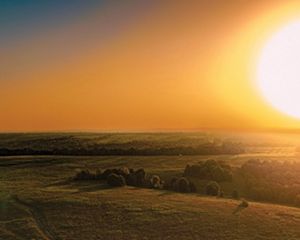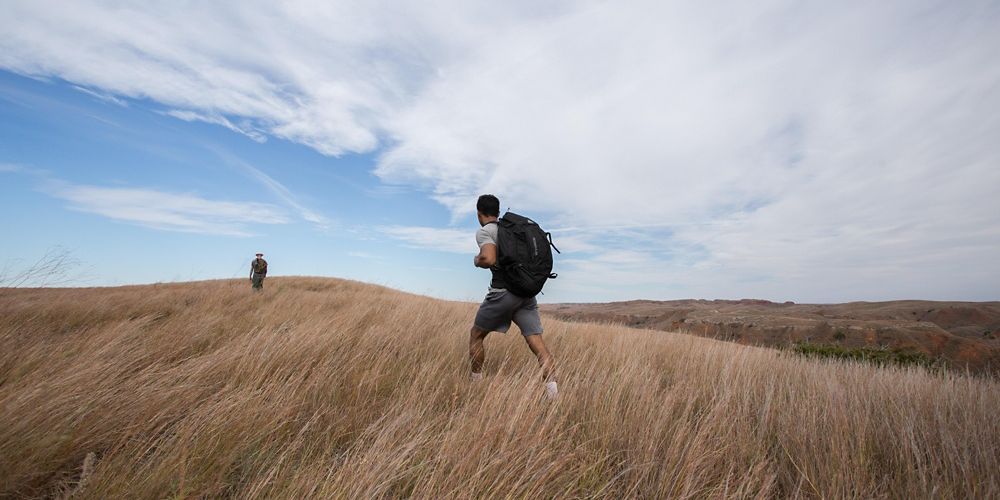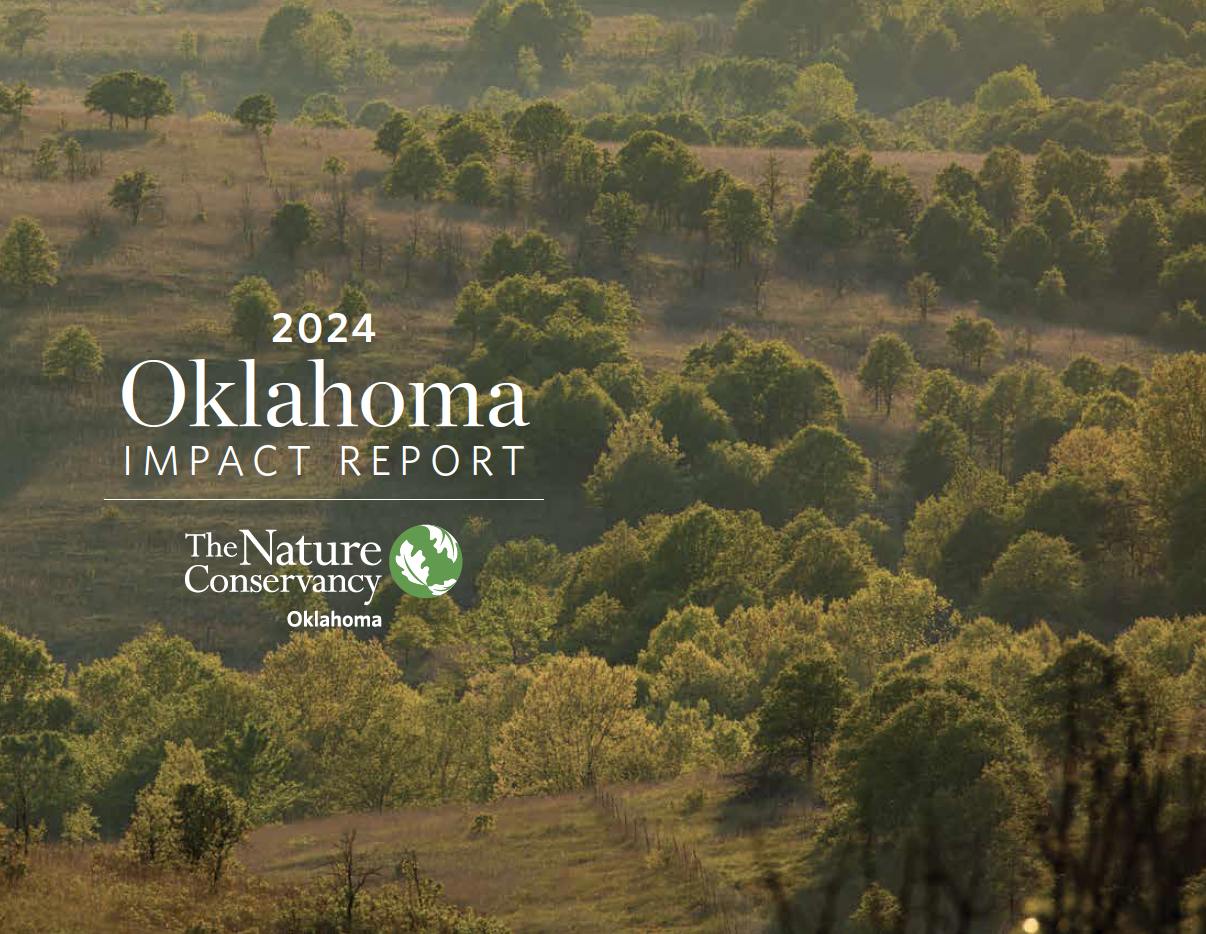We've moved!
Same mission, new office. Beginning June 1, please find The Nature Conservancy in Oklahoma at our new address: 5555 East 71st Street, Suite 9100 Tulsa, Oklahoma 74136
Make a Difference in Oklahoma
The Nature Conservancy's mission is to preserve plants, animals and natural communities that represent the diversity of life on Earth by protecting the lands and waters they need to survive. We’ve been working in Oklahoma to do just that.

Spring on the Prairie: Lots to Explore at Tallgrass Prairie Preserve
Explore 40,000 acres of pristine grasslands and the biodiversity they support in Pawhuska, Oklahoma.

Q&A with Tony Capizzo: Flint Hills Initiative Director
The Flint Hills of Oklahoma and Kansas nurture some of the greatest biological diversity in the world. TNC's Tony Capizzo is leading the charge to protect and preserve this incredible ecoregion.
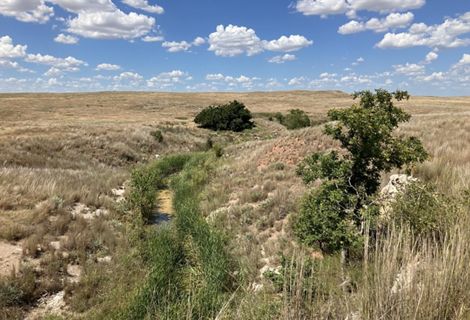
Introducing Sand Creek Ranch
The Nature Conservancy in Oklahoma has acquired Sand Creek Ranch, a 5,000-acre property located in the Red Hills of Harper County.
We Can’t Save Nature Without You
Sign up to receive monthly conservation news and updates from Oklahoma. Get a preview of Oklahoma's Nature News email.
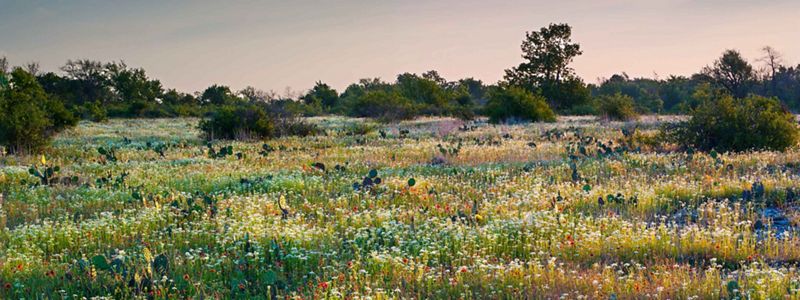
Download
There's more to explore! Download our 2024 Impact Report to see conservation successes from the past year.
DOWNLOAD Support Our Work